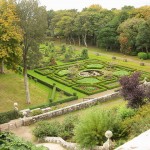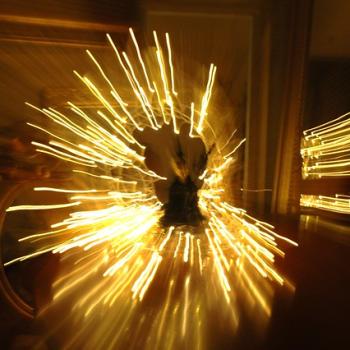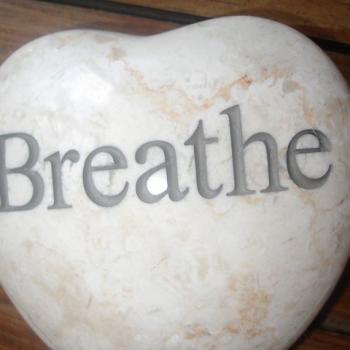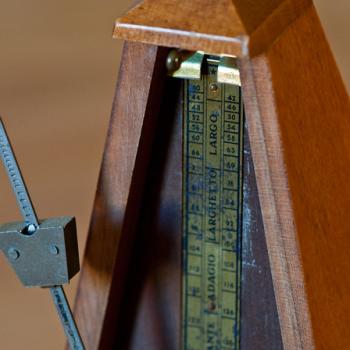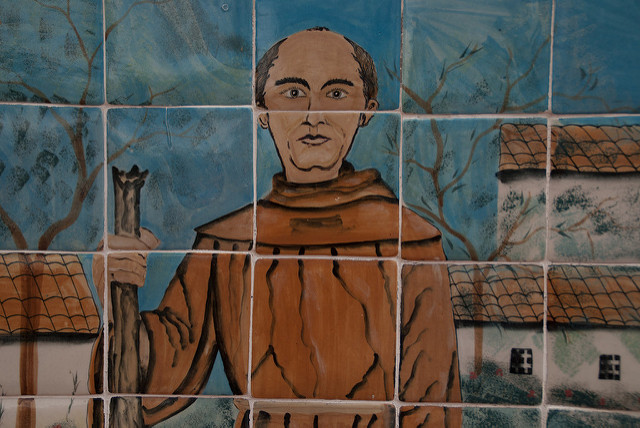
Drawing Strength From Our History
There are people who, when given leadership responsibility, seem to want to forget the past. They assume leadership is all about having a vision and taking action into the future.
We tend to see leadership as being about fixing things or creating change. Leaders try to build something new, superseding what has gone before. We think leadership is crossing frontiers and blazing new trails.
The monks I know are much more adept at drawing strength from our history. There is a strong foundation of monastic practice and writing on which monks build today.
Many of the people I know who practice monastic life are inspired by history. We read what people wrote hundreds of years ago and try to follow their example.
The examples of monks today have deep lessons to teach us about finding the strength we need.
Knowing Our Own History
The first step in drawing strength from our history is knowing what it is.
Many corporations and other organizations bring leaders in from outside to solve problems. They recognize people familiar with challenges may be more likely to perpetuate them. Someone from outside may bring a fresh perspective or new ideas.
It can be helpful to view difficulties with new eyes or background experience. At the same time, a new leader from outside an organization may not have a sense of history.
The problems we face do not exist in a vacuum. They do not happen overnight. Organizational memory and perspective can be critical aspects of addressing any challenge.
Leaders within any organization need to learn about what has been done in the past. Decisions made and actions taken years or decades ago have shaped, and been shaped by, the culture. Steps taken in the past often suggest helpful steps to take in the present.
The past is more than a source of ideas with potential. Our history tells us who we have been and who we have become.
Each organization, and each person, has a unique story about themselves. The power of our narratives, the metaphors by which we understand, draws us together.
For example, you may see the Apple story as being about getting started in a garage. Alternatively, you may see it as taking advantage of other people’s ideas. How you view the Apple story shapes the way you see, and interact with, the company’s products.
Your organization may continue to see itself as a challenging startup or a solid competitor. How you understand, and tell, your story feeds into your strength.
Reflecting on Our History
The roots of today’s monastic communities are planted in a rich tradition and history.
We can read the writings of people practicing monastic life which go back thousands of years. Their insights and experiences serve as recommendations and signposts along our own paths.
Many of the monks I know take advantage of the wisdom in this institutional memory. The lessons they learned, often from their struggles and mistakes, help us become stronger.
Monastic life is designed to provide opportunities for insightful reflection. People practicing monastic life, even when it felt different from today, give us guidance. Some of them write about their own spiritual life, while others write about their communities. There are collections of stories and words of wisdom which inspire us to see more clearly today. The situations and circumstances they faced were not so different from ours.
The written records they created also demonstrate the reflective power of writing. They were not merely trying to leave an account of what happened. Their words allow us to see their efforts to grapple with ideas, concepts, and practices.
As we learn the story of what has gone before us, we reflect and draw lessons from what we know. It is not only a matter of gaining information about the past. We remember and allow the past to prepare us for the future. Our leadership gains added depth from the experience of others.
Our knowledge and reflection help provide the rich soil from which the future will grow.
Making the Most of Our History
Drawing strength from our history is more than facts and figures or knowing who did what when. While the specifics of history may attract our attention, it is the story which feeds our leadership.
Whether we are aware of it or not, our metaphors create our understanding of our world. How we hear the story shapes how we reflect on it and how we tell our stories to other people.
If we see our story as a search for life’s right answers, we will tell stories of when we have found them. We may experience our story as a failure to meet expectations when we cannot find the answers we seek. Our quest for answers will determine how we view and relate to others.
There may be moments which transform how we understand the world. We may share the metaphors of some people until something changes our perspective. As we become aware of different metaphors it will seem like our eyes are opened.
Some people embrace these changes while others try to resist them.
The metaphors we see feed the leadership which grows out of us. Our own personal history, and that of the people around us, make us the leaders we are.
The choice is ours. We may choose to view ourselves and our history in ways which keep our leadership hidden, even from us. There are other choices available to us.
The organizations in which we lead have their own histories. They may tell stories which bring out our best, or other stories. The decision of whether or not we continue to listen to the stories is ours.
The monks I know gain wisdom and strength from their history. They share those stories with each other and continue to grow stronger.
Questions
How will we draw strength from our history this week?
Whose reflections on history will strengthen your leadership today?
[Image by Ed Bierman]
Greg Richardson is a spiritual life mentor and leadership coach in Southern California. He is a recovering attorney and university professor, and a lay Oblate with New Camaldoli Hermitage near Big Sur, California. Greg’s website is StrategicMonk.com, and his email address is [email protected].


